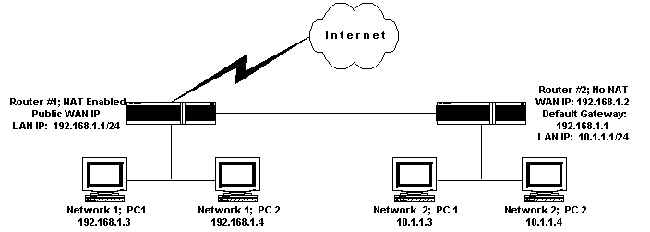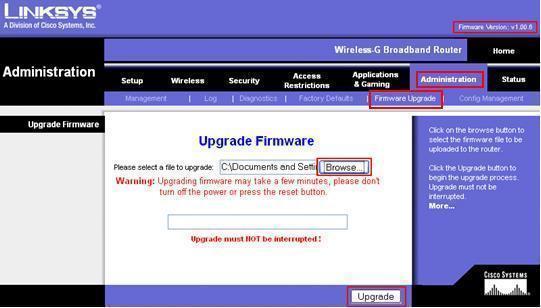The presentation layer is one of seven layers of the OSI (Open Systems Interconnections) Model and is found between the application layer and the session layer. The presentation layer is commonly used for encryption and decryption as well as the conversion of file formats. The presentation layer is considered the last layer in which data structure and presentation can be modified before the network handles nothing more than data packets.
How A Presentation Layer Works
The presentation layer works by converting information into a wide variety of file formats and forms of encryption. The presentation layer does this by using built-in algorithms and is able to standardize information whether it is handled by XML, C++, or TLV. In addition to passing information from the application layer to the session layer, the presentation layer is also responsible for passing information from the session layer to the application layer.

The presentation layer is used for a number of applications. For example, HTTP, a protocol that is used in virtually all web browsers and is actually a protocol of the application layer, uses the presentation layer in order to display data in a variety of different languages and formats, allowing the same information to be displayed on numerous platforms and devices.
Advantages
The presentation layer is advantageous because it is able to handle all data conversions for an application before the information is sent to the session layer. Because the session layer does not modify the actual data that it receives, it is important that the presentation layer converts data into the appropriate format and encrypts it for privacy and authentication.




Follow Us!